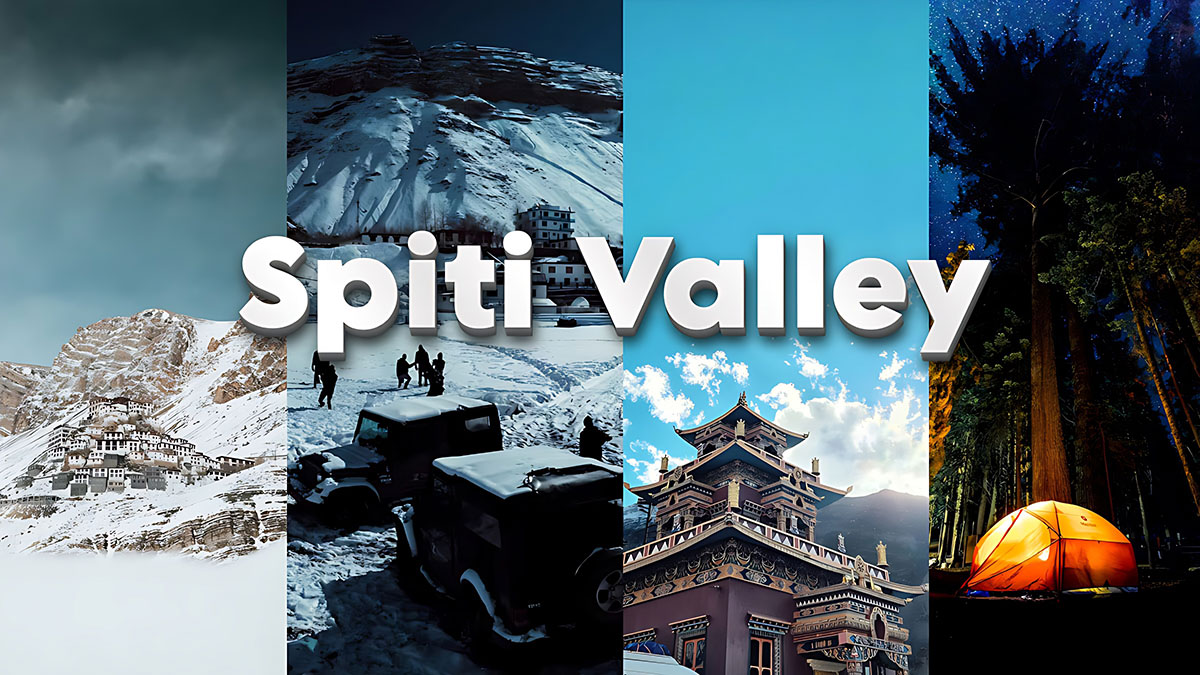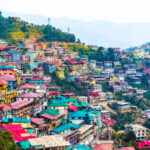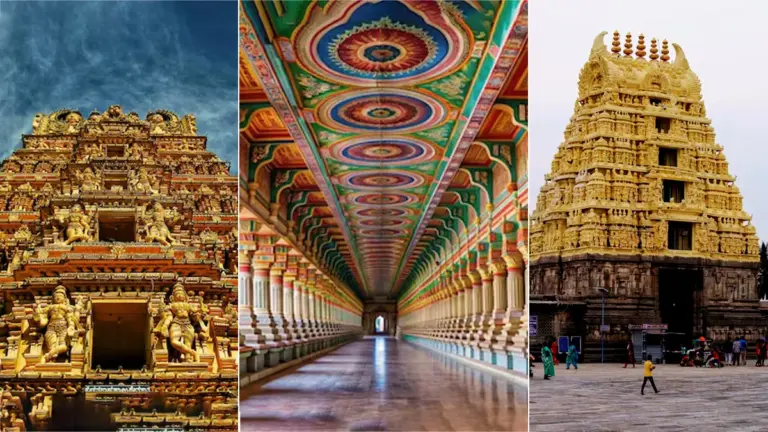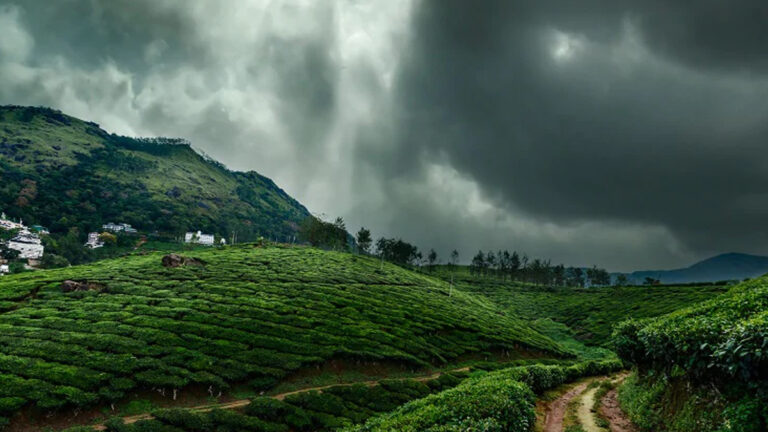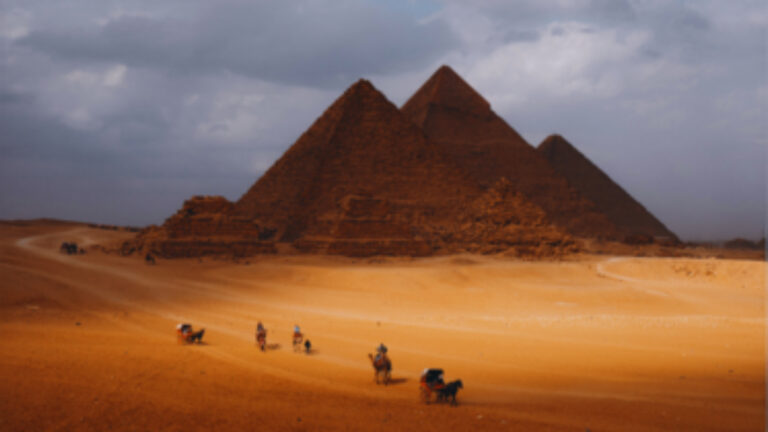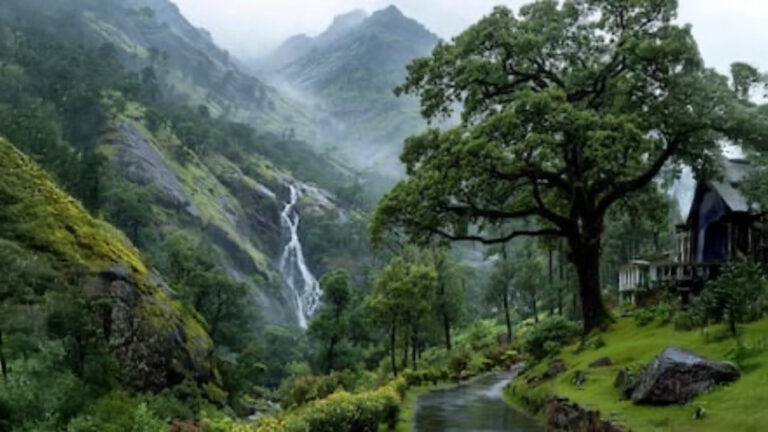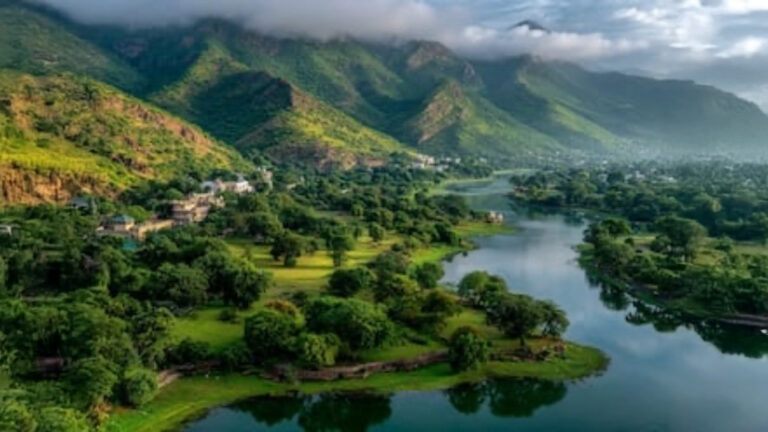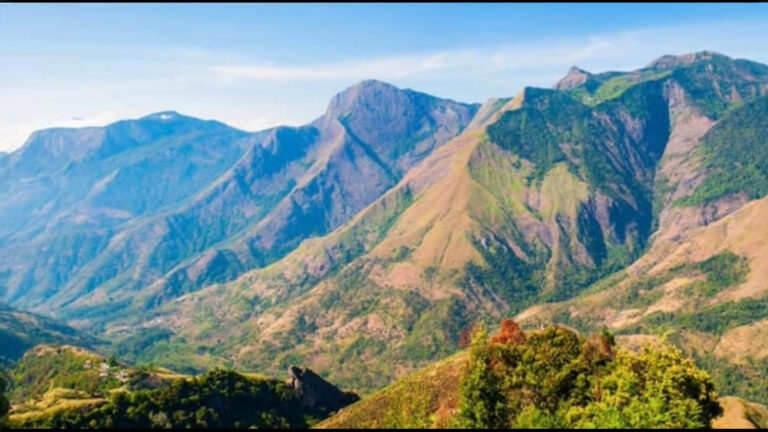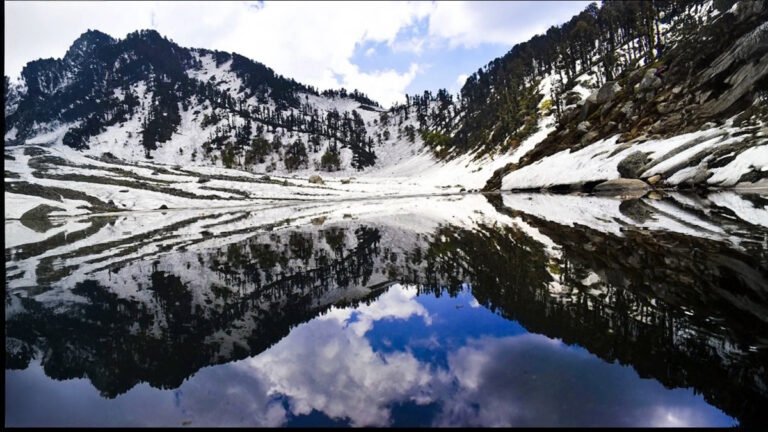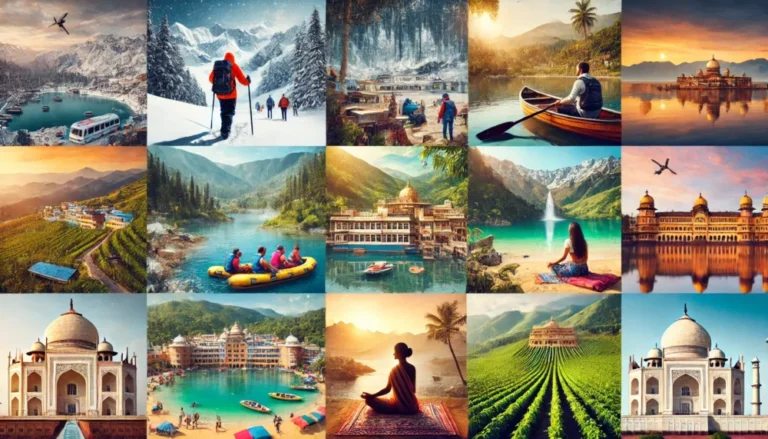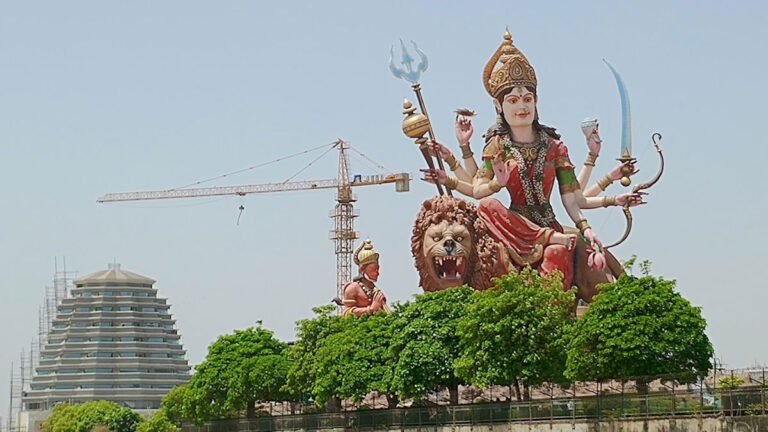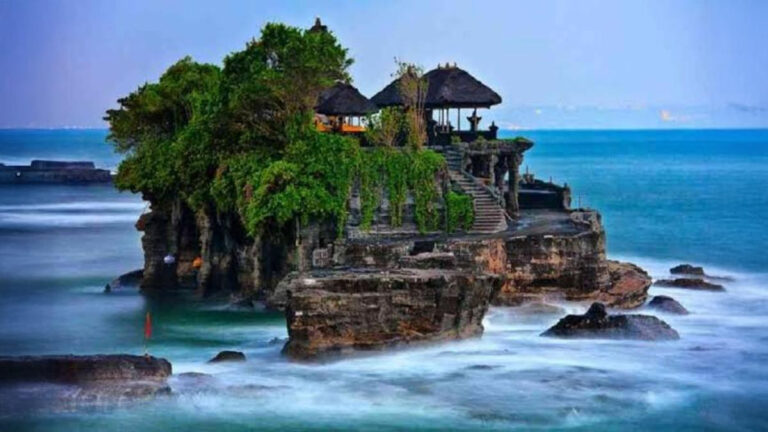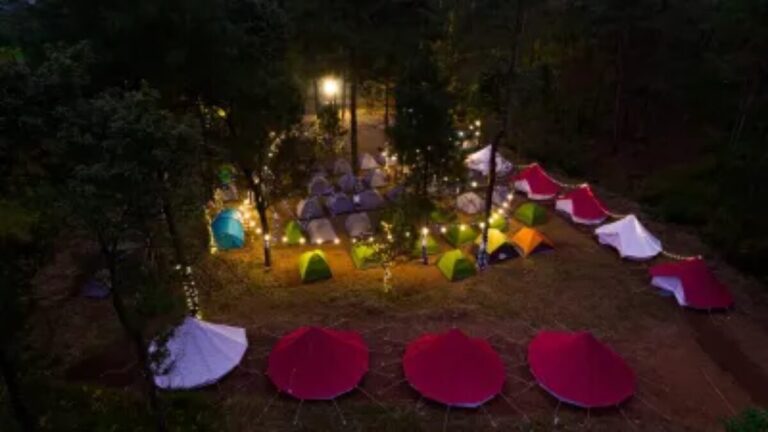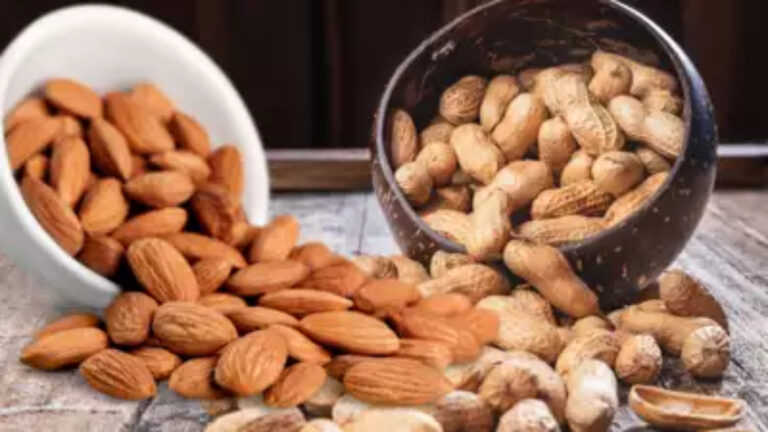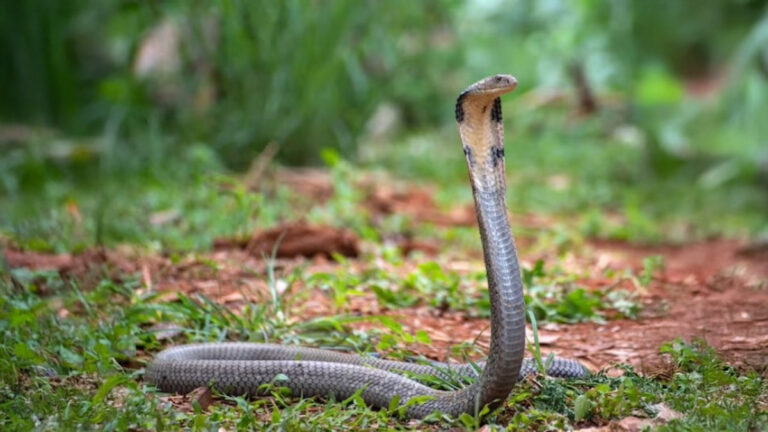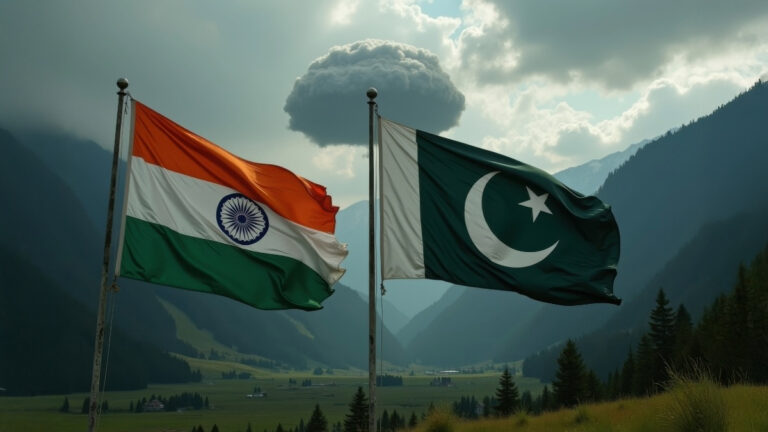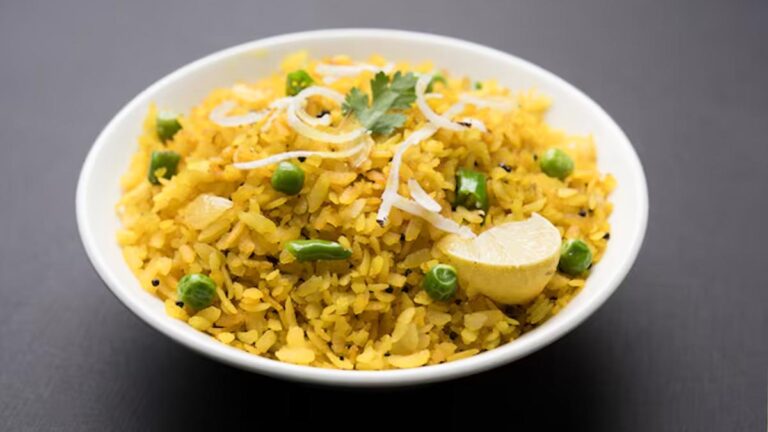Spiti Valley travel guide: Nestled in the high Himalayas of Himachal Pradesh, Spiti Valley is often called “Little Tibet” due to its stark landscapes and cultural resemblance to Tibet. This remote region, characterized by its unique beauty, ancient monasteries, and vibrant cultural heritage, is a paradise for travelers seeking adventure, tranquility, and spiritual growth.
Why Visit Spiti Valley ?
Spiti Valley’s appeal lies in its breathtaking natural beauty, spiritual experiences, and rich cultural heritage. From crystal-clear rivers and snow-capped peaks to the iconic Buddhist monasteries, this destination offers a unique experience that few places in India can match. It’s perfect for nature lovers, history enthusiasts, adventure junkies, and spiritual seekers alike.
Best Time to Visit Spiti Valley
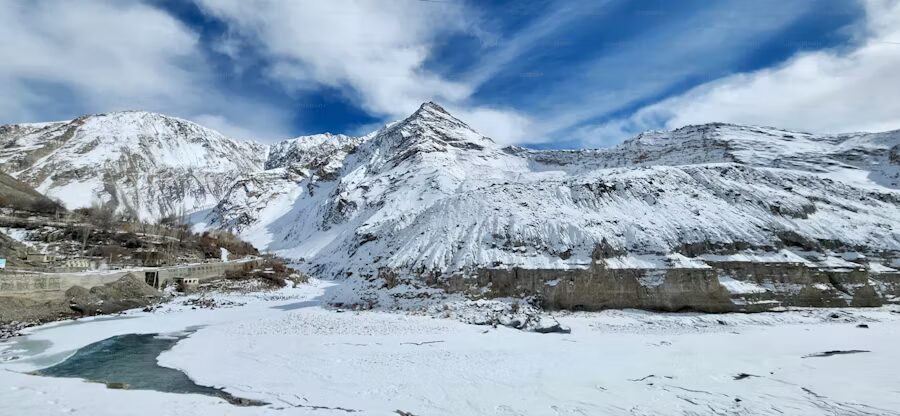
The best time to visit Spiti Valley is between May and October, as the valley is mostly inaccessible during the winter months due to heavy snowfall. Here’s a breakdown of the seasons:
- Summer (May to June): The weather is pleasant, and all roads are open, making it the ideal time for sightseeing and trekking.
- Monsoon (July to September): Although monsoons bring occasional landslides, Spiti remains accessible and beautiful. However, be prepared for slippery roads.
- Winter (October to April): Spiti is blanketed in snow, making it incredibly picturesque, but road access is challenging. Winter is ideal for those seeking solitude and are prepared for the cold.
How to Reach Spiti Valley
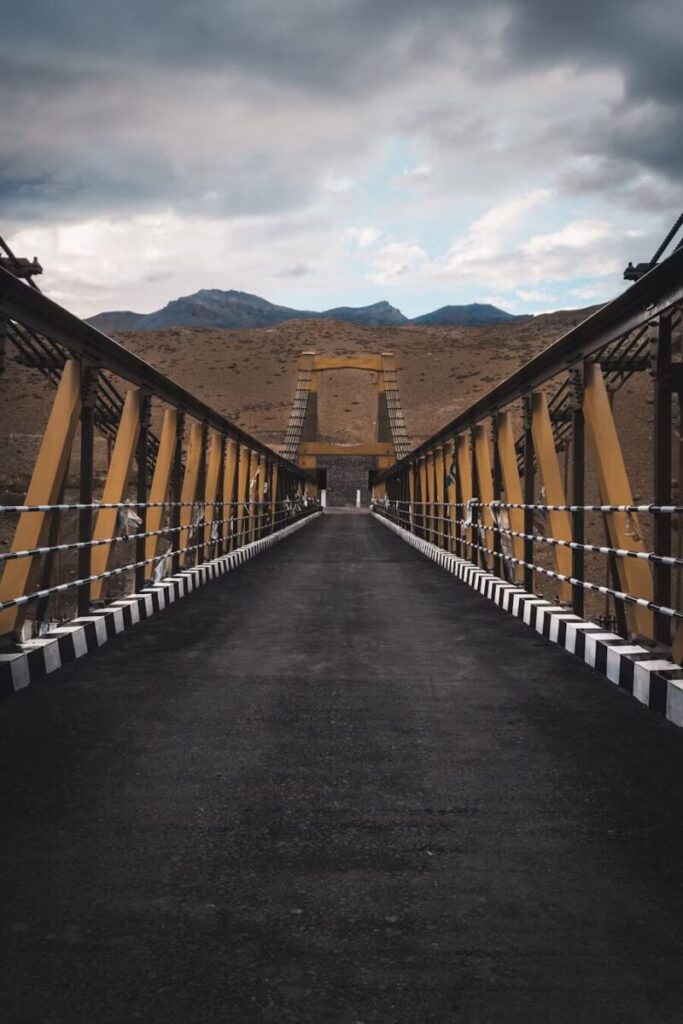
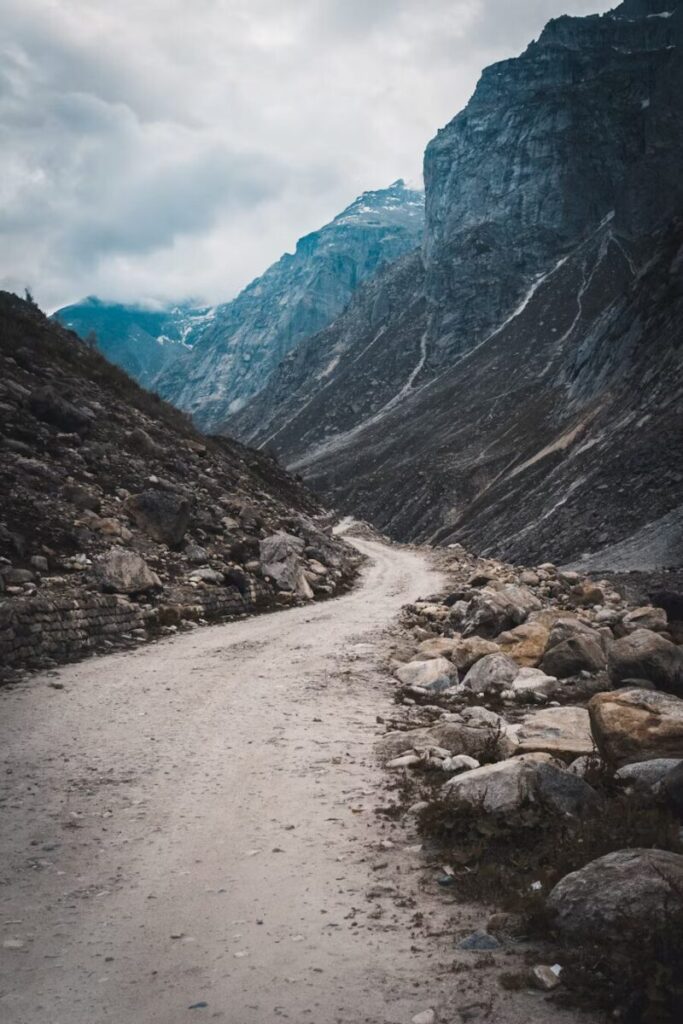
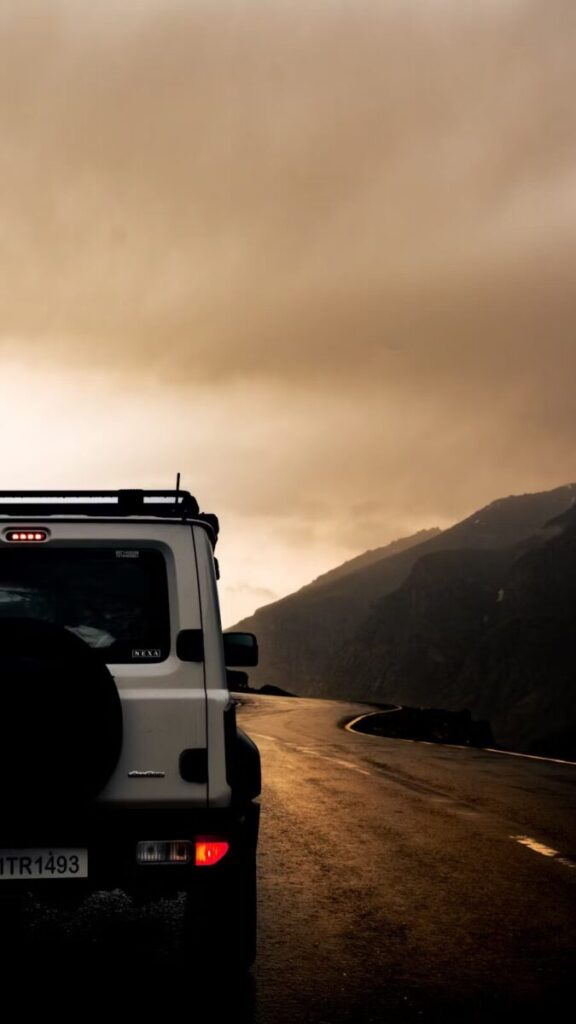
There are two primary routes to Spiti Valley: via Manali and Shimla.
- Manali to Spiti Valley Route: This route is more adventurous, involving high-altitude passes like Rohtang Pass and Kunzum Pass. It’s open from June to September.
- Shimla to Spiti Valley Route: This route is open year-round and is less challenging. It passes through Reckong Peo and Kaza.
Most visitors either drive from Manali or take the overnight bus from Delhi to Shimla and then continue their journey to Spiti.
Top Attractions in Spiti Valley
Here are some must-visit places in Spiti Valley that capture the valley’s essence:
1. Kaza
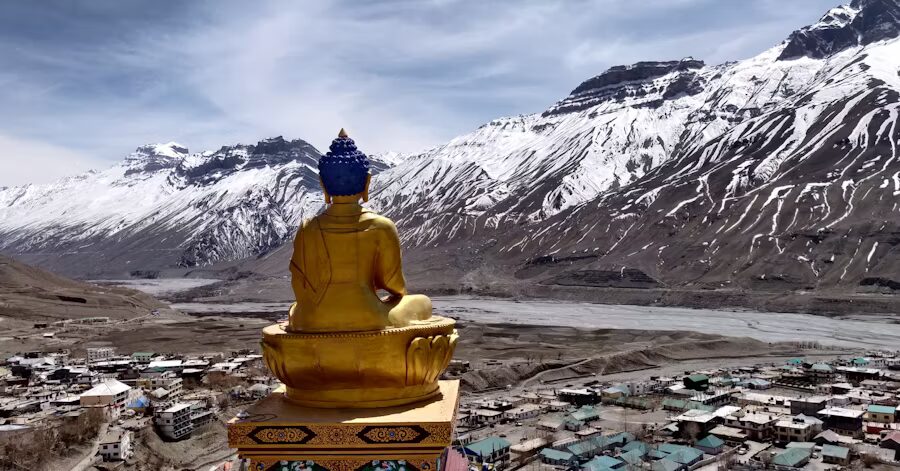
Kaza is the largest town in Spiti and serves as a base for exploring nearby attractions. It is known for its vibrant culture and offers a range of accommodation options. Kaza also has a small market where you can shop for souvenirs and local handicrafts.
2. Key Monastery
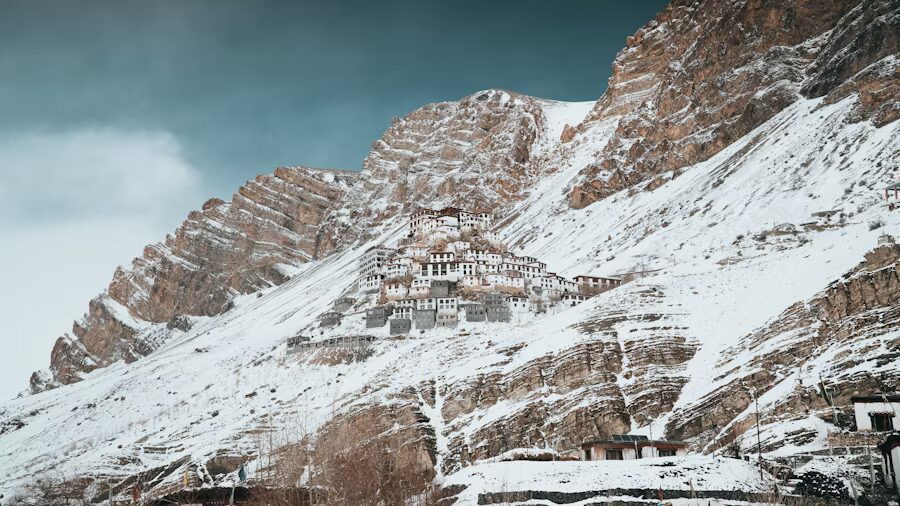
One of the most iconic landmarks of Spiti, Key Monastery is over 1,000 years old and stands at 13,668 feet. This Tibetan-Buddhist monastery is famous for its beautiful murals, ancient manuscripts, and peaceful aura.
3. Dhankar Monastery
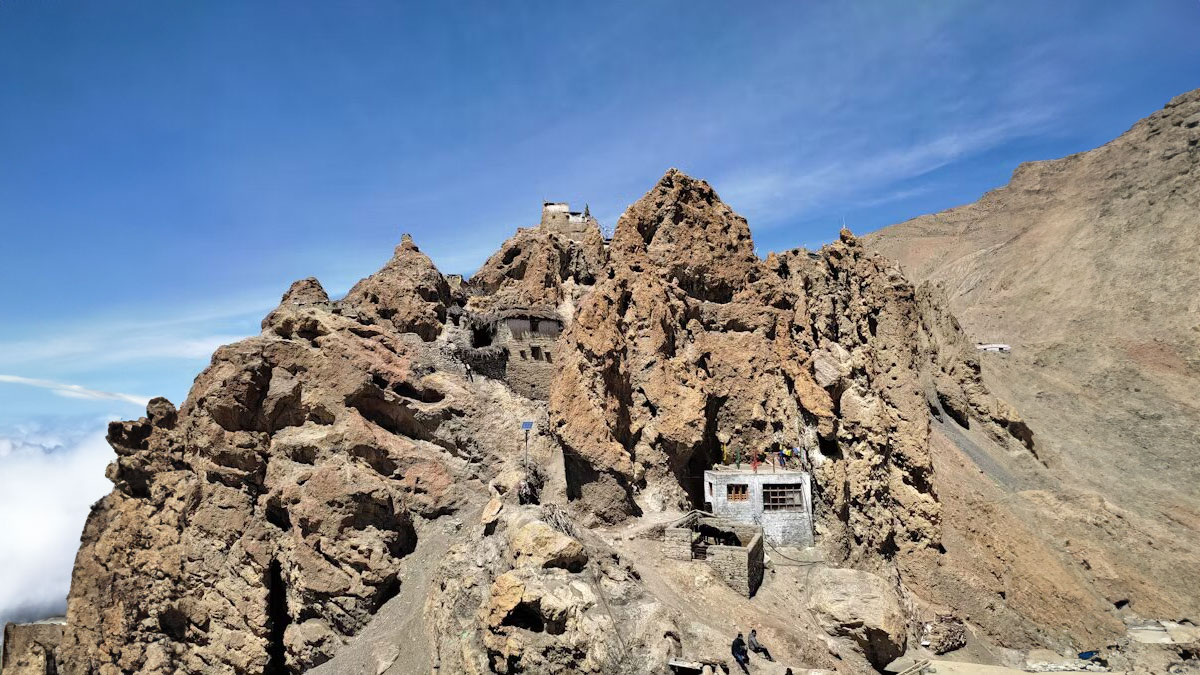
Perched atop a hill, Dhankar Monastery offers breathtaking views of the valley below. This monastery, over a thousand years old, houses rare Buddhist scriptures and paintings.
4. Chandratal Lake
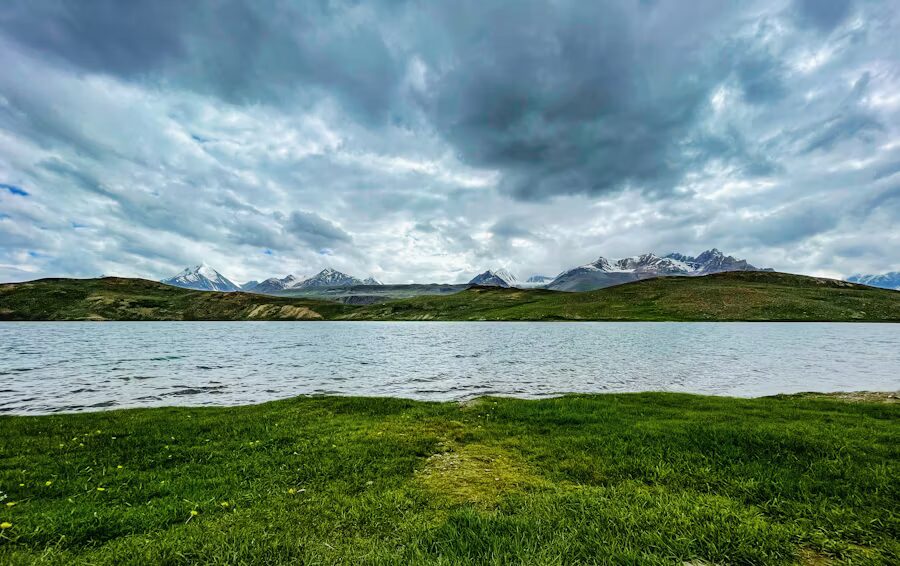
Known as the “Moon Lake,” Chandratal Lake is one of the most beautiful lakes in Himachal Pradesh. It is accessible only during the summer months and offers opportunities for camping under a star-filled sky.
5. Pin Valley National Park
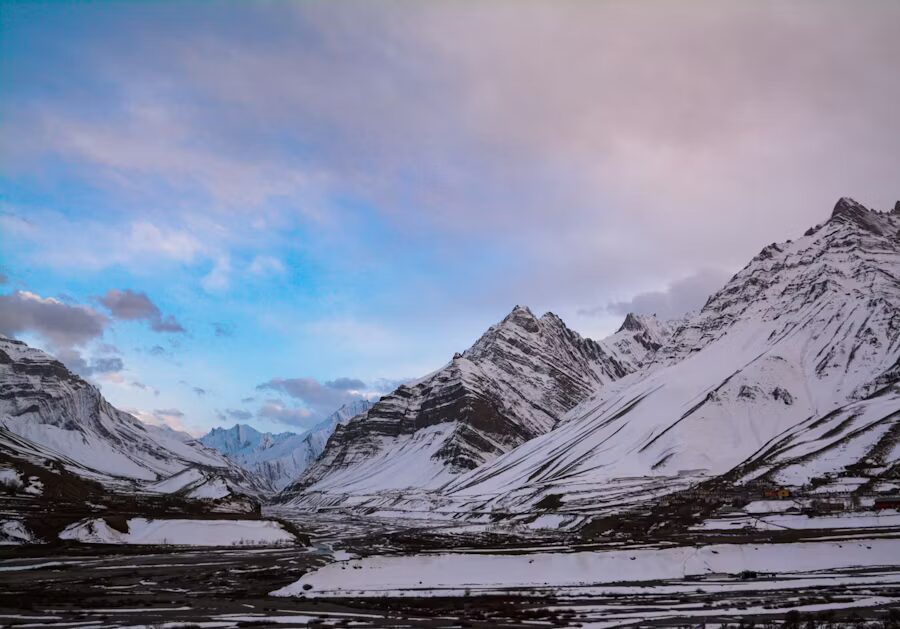
For nature and wildlife enthusiasts, Pin Valley National Park is a must-visit. Home to the endangered snow leopard, the park also has rare species like ibex and Siberian ibex.
6. Hikkim
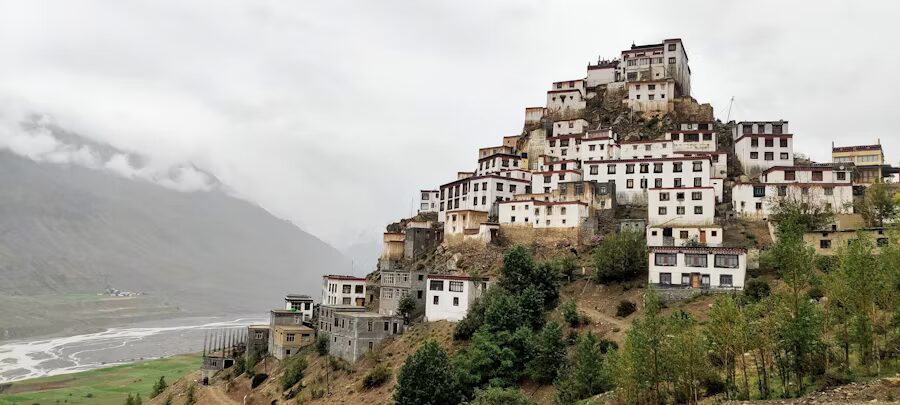
Home to the world’s highest post office, Hikkim is a quaint village where you can send postcards to loved ones from this remote destination.
7. Langza Village
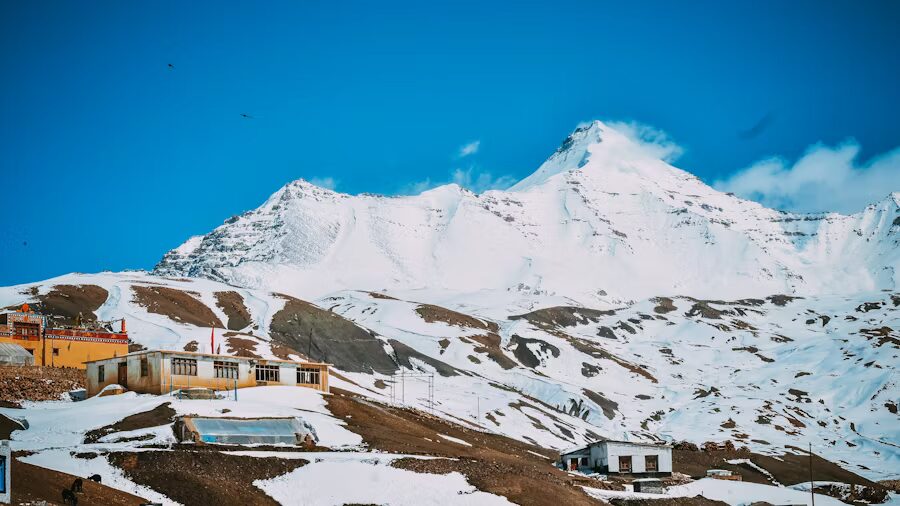
Known for its giant Buddha statue, Langza Village is famous for fossil hunting. This charming village offers an insight into the traditional life of Spiti Valley.
Top Things to Do in Spiti Valley
To experience Spiti fully, here are some popular activities to enjoy:
- Trekking: Spiti offers some challenging yet rewarding treks, including the Pin-Parvati Pass Trek and Spiti to Ladakh Trek.
- Camping at Chandratal Lake: Experience the magic of camping under the stars by the lake.
- Exploring Monasteries: Visit ancient monasteries like Key, Tabo, and Dhankar for a spiritual experience.
- Local Culture: Interact with locals in villages like Komic, Hikkim, and Langza for an authentic cultural experience.
- Stargazing: Due to its high altitude and clear skies, Spiti Valley is ideal for stargazing, especially in summer.
Travel Tips for Spiti Valley
- Pack Warm Clothes: Even in summer, temperatures drop significantly at night.
- Carry Cash: ATMs are scarce in Spiti, so carrying enough cash is advisable.
- Altitude Sickness: Due to the high altitude, acclimatization is important. Drink plenty of water and avoid heavy meals initially.
- Limited Connectivity: Wi-Fi and mobile networks are limited. BSNL is the most reliable network in the area.
- Eco-Friendly Travel: Spiti Valley is an ecologically sensitive area, so avoid littering and respect local culture and nature.
Suggested Itinerary for Spiti Valley (7 Days)
- Day 1: Reach Kaza; acclimatize.
- Day 2: Visit Key Monastery, Langza, and Hikkim.
- Day 3: Explore Dhankar Monastery and Dhankar Lake.
- Day 4: Visit Pin Valley National Park.
- Day 5: Head to Chandratal Lake and camp.
- Day 6: Return to Kaza; relax and explore the market.
- Day 7: Depart from Kaza.
Where to Stay in Spiti Valley
Spiti Valley offers a variety of accommodations, from homestays to hotels. Here are a few options:
- Homestays: For an authentic experience, stay at homestays in Langza, Hikkim, or Komic.
- Hotels in Kaza: Kaza offers hotels with basic amenities, including Hotel Deyzor and Snow Lion.
- Camping: Chandratal Lake offers camping facilities for an adventurous experience.
Spiti Valley is an unforgettable destination that captivates with its stunning landscapes, rich culture, and serene ambiance. Whether you’re drawn by the spirituality of ancient monasteries, the thrill of high-altitude treks, or the desire to experience a unique culture, Spiti Valley has something to offer every traveler.
So, pack your bags and get ready for an incredible journey through one of India’s most spectacular and remote regions. This guide to Spiti Valley will ensure that your trip is well-planned, memorable, and truly transformative.

